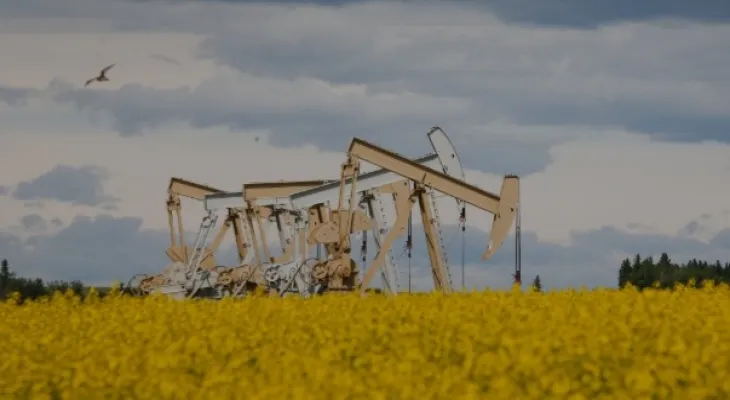Search here
Newspaper
Search here

Arab Canada News
News

Published: December 28, 2022
Canadian oil and gas companies are expected to increase spending in 2023, but analysts say it will be another year of modest growth and will not return to boom times.
For the Canadian energy industry, 2022 was the year that finally ended a decade of weak commodity prices and restored prosperity to the sector. With the lifting of global pandemic restrictions, the war in Ukraine, and the cumulative effect of years of underinvestment in oil and gas, energy prices reached record levels in 2022, and Canadian companies reaped record profits.
But most of these profits went to debt repayment and rewarding shareholders, not to large construction or infrastructure projects. Although commodity prices are expected to remain strong in 2023, this theme is likely to persist.
In Alberta alone, during the first ten months of 2022, average crude oil production was 3.7 million barrels per day—a record high thanks to rising global demand, according to ATB Financial.
Experts also said production will be higher in 2023, based on capital budgets already issued and production guidance from oil and gas companies. Many companies managed to repay large amounts of debt in 2022, so they will have more cash flow available next year as long as commodity prices hold around $75 a barrel.
In addition, the expansion of the Trans Mountain pipeline is expected to be completed by the end of the year, providing additional transportation capacity for oil companies and increasing export growth potential.
The Canadian Association of Petroleum Producers also said it expects investments in natural gas and liquefied natural gas to grow through 2023, such as the LNG Canada export facility.
In the same regard, Jonah Riznik, senior research analyst at Wood Mackenzie, said the 2023 capital budgets released so far by Canadian oil and gas companies show "significant" increases in expected capital spending—around five to six percent on average—year over year. But he said much of that is due to smaller projects and cannot be compared to the massive projects and rapid industrial expansion that occurred during the boom years before 2014.
Riznik also said that in 2023, the industry is likely to continue focusing on shareholder returns and keeping their companies financially sustainable. He added that in addition to global economic uncertainty, the Canadian oil and gas sector faces increasingly stringent targets to reduce greenhouse gas emissions, as the federal government is currently developing a legislative cap on sector emissions, which the industry opposes.
However, he added that he blames years of federal government policy—including the carbon pricing system, which he says puts Canadian producers in a weaker competitive position compared to their U.S. counterparts, and a regulatory and political environment that makes it difficult to build major projects—for generally constraining the industry and putting an end to the era of big projects.
Comments